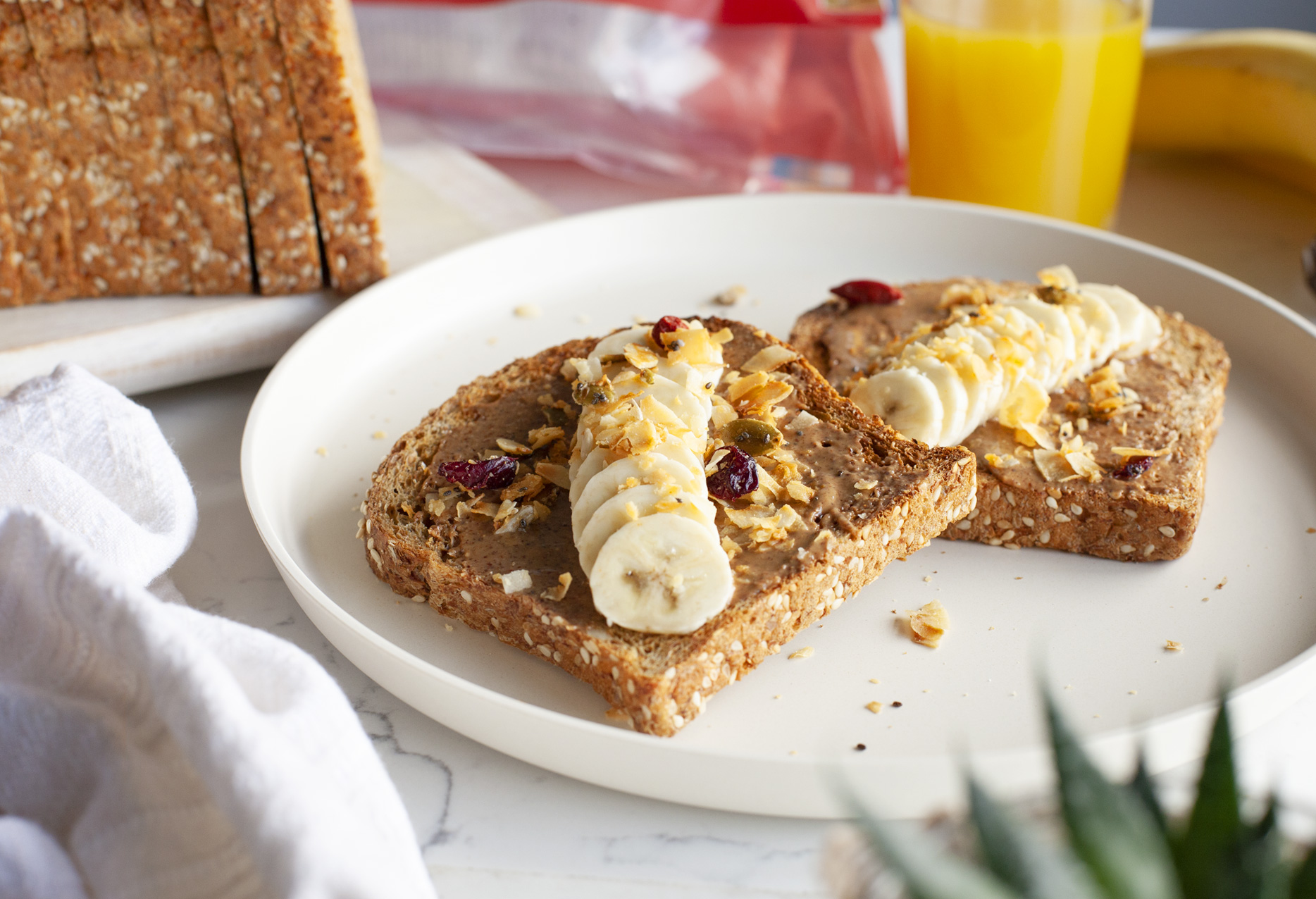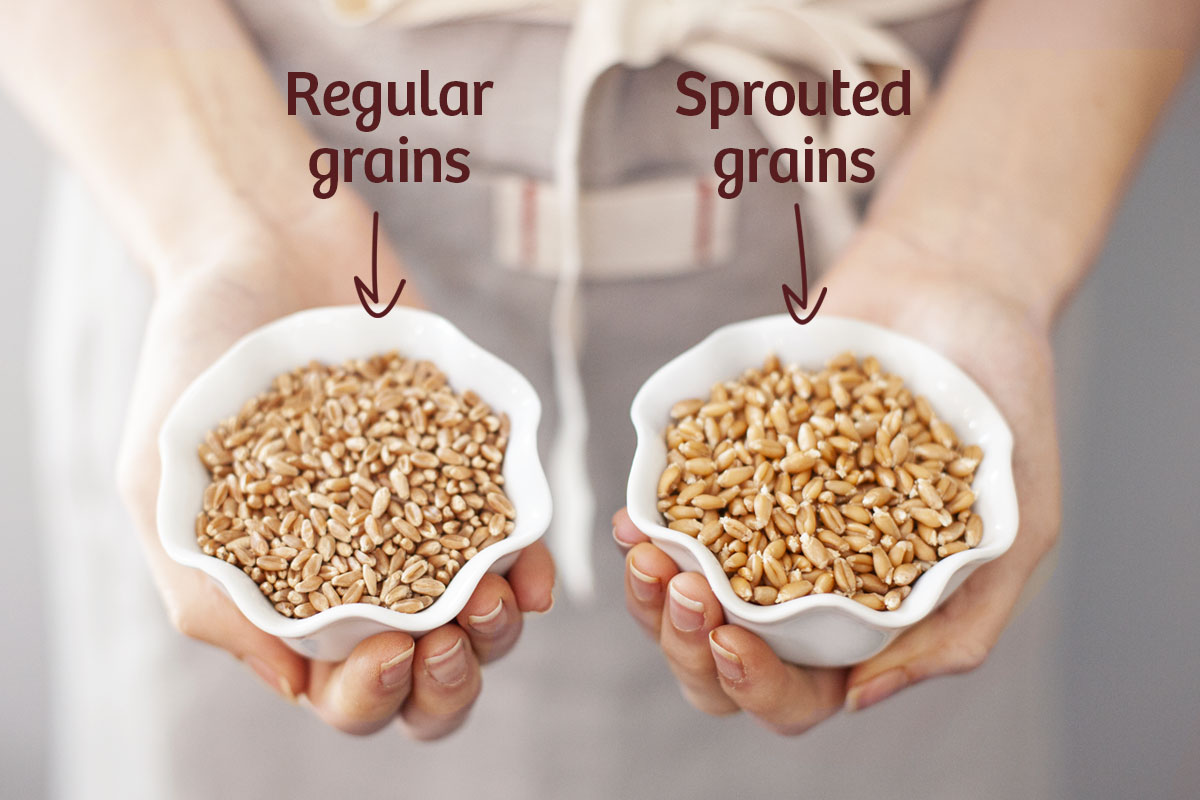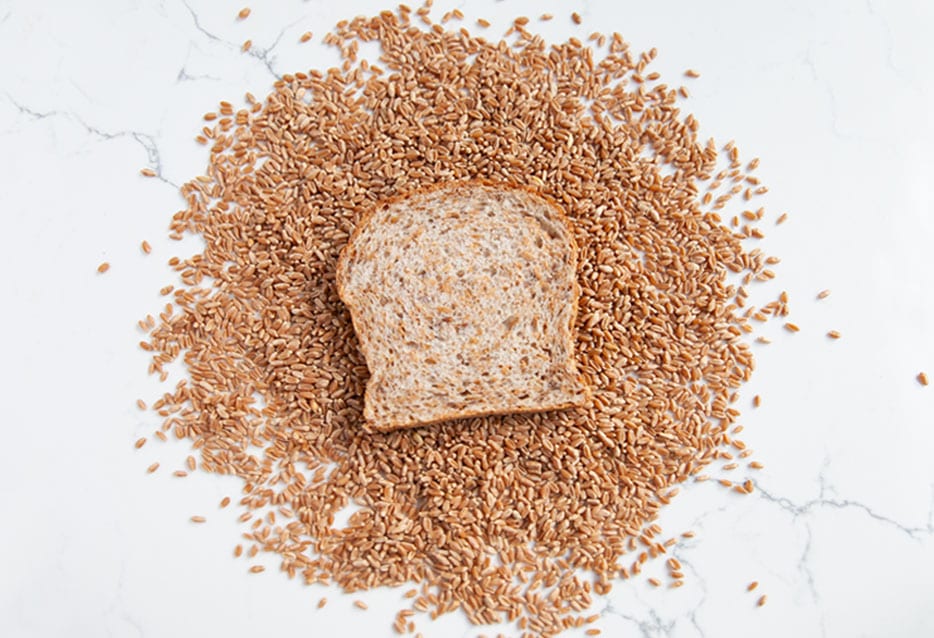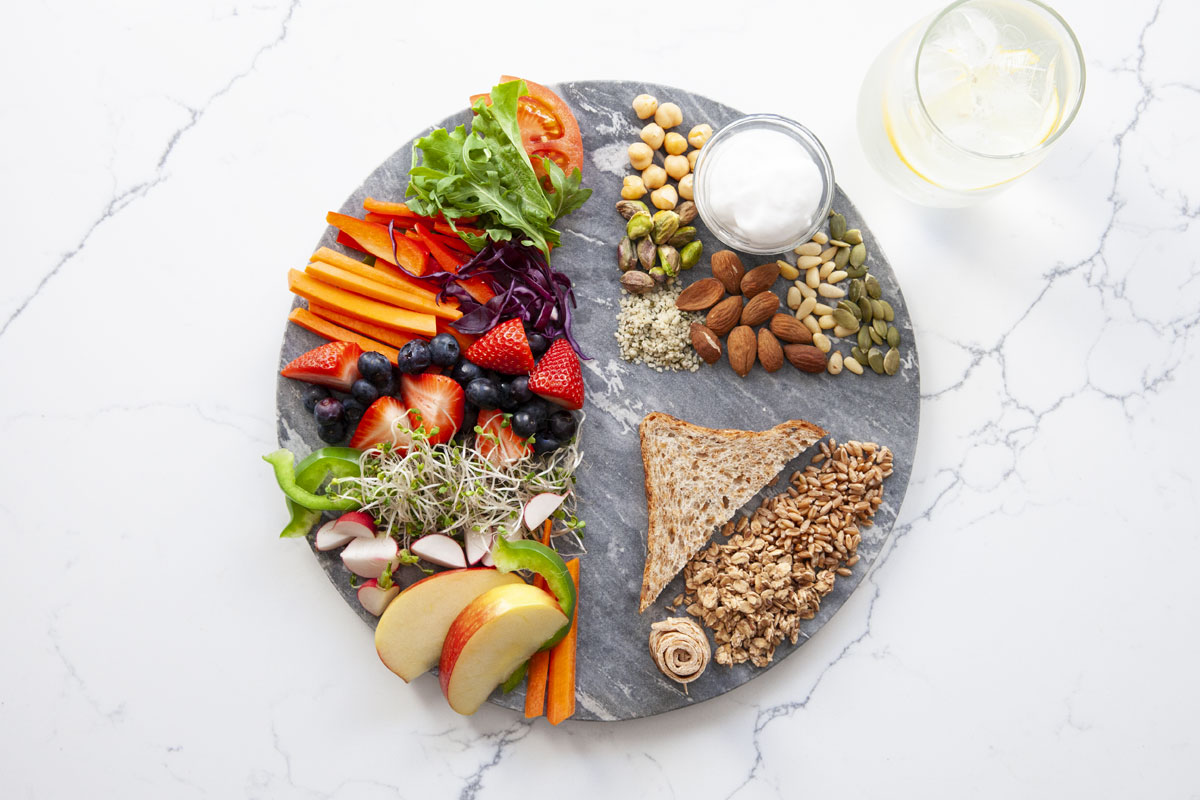Article 5 Benefits You’re Missing When You Cut Out Grains
Whole grains are good for you! Learn why you should eat more, not less!
June 21, 2016

Bread and other grain-based foods are getting a bad rap lately—from Paleo enthusiasts, who shun most grains and other carbohydrate-rich foods; from the gluten-free movement; and from weight-loss programs that blame carbs for expanding waistlines2.
What’s a bread lover to do? Breaking with the current zeitgeist, Oprah Winfrey stirred up controversy—along with sighs of relief—when she recently announced that she’d lost 26 pounds without forsaking (gasp!) bread.
Dietary fads and celebrity sound bites aside, humans have been thriving on whole grains for thousands of years. More recently, research underlines that whole grains—especially when sprouted, soaked or cooked—are an integral part of a balanced, healthy diet.
In fact, numerous studies link consuming whole grains to improved weight control, feeling full longer, supporting normal blood sugar levels, and even less belly fat accumulation3. Here’s the skinny on how to make the most out of grains:
Choose whole grains over refined grains
Research consistently shows that people who eat a lot of whole grains—wheat germ, brown rice, dark bread and popcorn—are significantly less likely to gain weight over time than those who eat refined grains4, like donuts and white bread.
It’s all about the fibre
The average North American doesn’t come close to the recommended daily intake of fibre1: 25 to 35 grams. Unlike refined grains, many whole grains—including oats, barley and bulgur—are excellent sources of soluble and insoluble fibre, both of which are beneficial to overall health. Because fibre digests slowly, it also helps you feel fuller longer and supports more balanced blood sugar levels, reducing cravings4.
Resistant starch, an added bonus
Some whole grain such as oatmeal and brown rice contain resistant starch, a carbohydrate that acts like a fibre in that it moves slowly through your digestive system, burning fat and stimulating satiety hormones that make you feel full.
Eat more grains, not less
An interesting 2016 study of national nutrition data found that although adults who ate mostly grain-based foods took in more calories on average, they didn’t have bigger waistlines or higher BMIs that those who ate no grains5. In fact, individuals in the group that ate pasta, cooked cereal and rice weighed 7.2 pounds less and boasted 1- to 2-inch smaller waistlines than the no-grain group.5,1
Soak or sprout for improved nutrition and digestibility
Part of the current bad rap is that grains contain antinutrients like phytic acid and enzyme inhibitors that block mineral absorption. While this is true, antinutrients are also found in all nuts, seeds, beans, as well as dark leafy greens, cauliflower and beets. Traditional methods of preparing these foods, including soaking, sprouting and cooking, make them more digestible and allow nutrients to be absorbed6.
The bottom line
Whole grains can be part of a healthy, balanced diet. Choosing a sprouted version allows you to get the most nutrition out of them6.



